Kissing Bug Treatment in Lubbock TX
About Kissing Bugs
The kissing bug, also known as the Mexican bed bug and triatomine bug, originated in Central America. Flat like a bed bug, but much larger, with a slender body and wings for transport, the kissing bug came to the southern United States, more specifically Texas, through firewood. Since the bug often nests in wood during winter, firewood easily transported the insect farther north.
Most people keep their woodpile next to their home, which moves this cone-nose bug and other potential pests closer to Texas residents and their families.
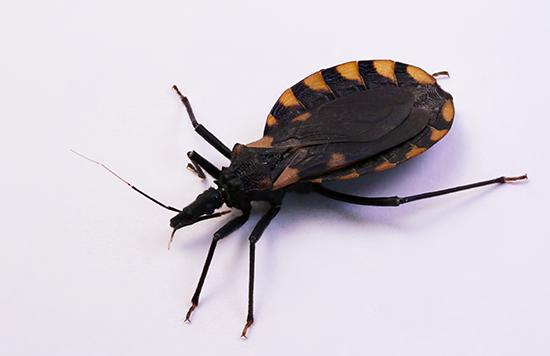
Still Have Questions?
Send us a note. Schedule a FREE estimate and get fast, easy booking.
"*" indicates required fields
Get Your Customized Kissing Bug Control Plan and
FREE Estimate
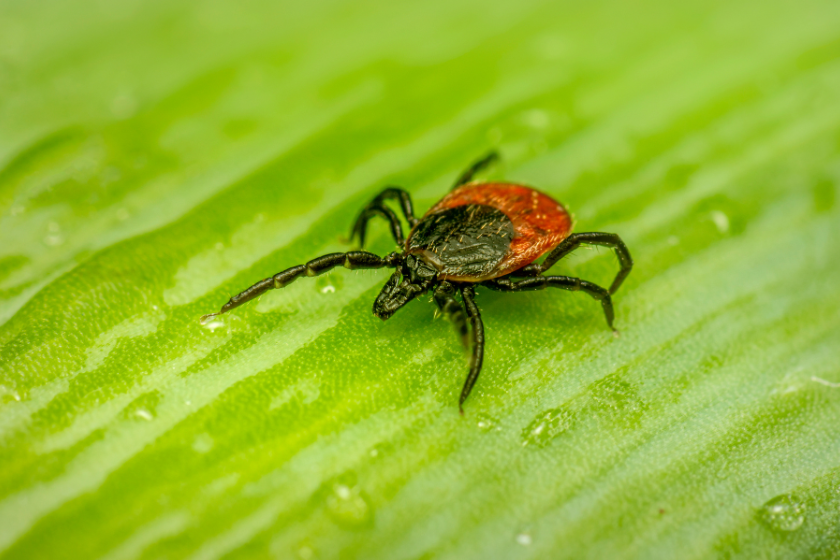
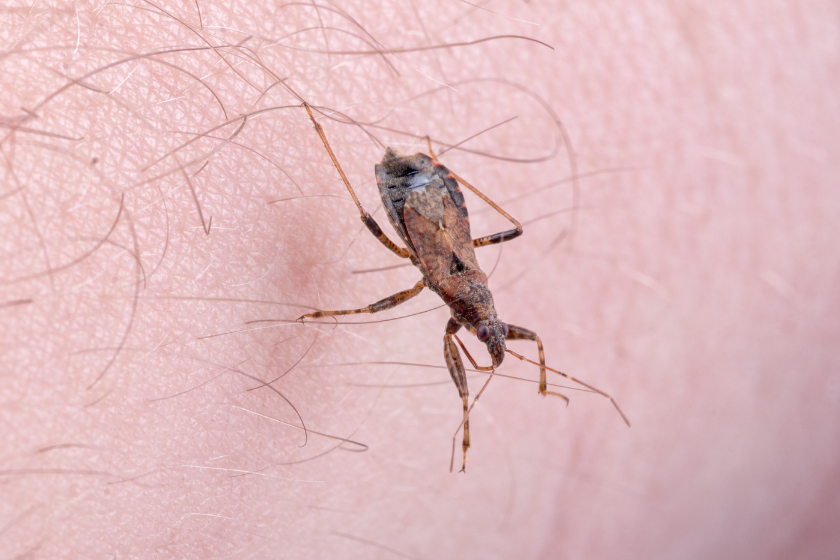
Identifying a Problem
With a climate similar to its origins in South America, the Kissing Bug has moved into southern states, specifically Texas. Kissing Bug infestations are rare, the insects don’t breed like bed bugs, German roaches, and other insects. Even sighting one Kissing Bug is cause for alarm, as it poses a threat to your pets and family.
If you suspect you have a problem with kissing bugs, there are several signs and precautions you can consider:
- The most obvious sign is seeing the bugs themselves. Kissing bugs are typically about an inch long, with a dark, somewhat flattened body, a cone-shaped head, and distinctive orange stripes or red markings around the edges.
- Kissing bugs usually bite humans on the face, especially around the mouth and eyes, hence their name. The kissing bug bites can cause swelling, redness, and itching. You may see tiny bloodstains around your mattress or pillow. However, not all bites will be noticed, as they often occur while the host is sleeping.
- After feeding, kissing bugs often defecate near the feeding site. Small, dark spots near sleeping areas could be a sign of their presence. These bugs can also feed on pets and other animals. Check your pets for insect bites and watch for excessive scratching or signs of irritation. Areas where pets sleep can also be hotspots for bug activity. Since they are most active at night, closely inspect bedrooms and other sleeping areas. Look behind beds, within bedding, and in cracks and crevices near sleeping areas.
The Kissing Bug is similar to a stink bug and requires General Pest Control to defend a home or office. They are easily killed with regular chemical treatments, so don’t hesitate to protect your domain today.
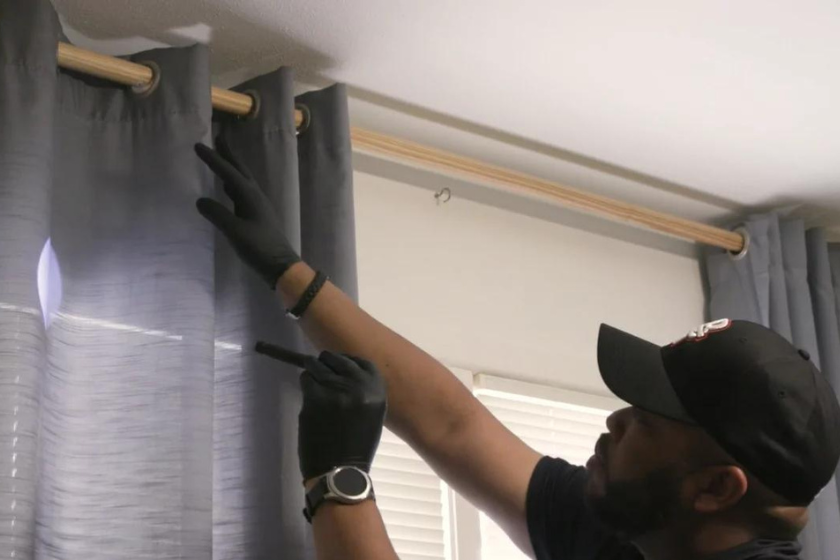
DIY Prevention
Preventing kissing bugs from entering your home and establishing a presence involves a combination of physical barriers, cleanliness, and vigilance. Here are several effective strategies to minimize the risk of kissing bugs in your home:
- Regularly clean areas where pets sleep and try to keep these areas inside the house. Pets can be hosts for kissing bugs.
- Checking window screens for openings and holes
- Installing door sweeps on all doors leading outside
- Caulking and sealing windows
- Keep especially close eyes on chicken coops and dog kennels
- Don't touch wild animals with bare hands
Behavior of Kissing Bugs
Kissing bugs are vectors. A vector is anything that transmits a disease. Other common pests vectors include mosquitoes, rodents, and ticks, and all three carry diseases that can potentially be dangerous and deadly to humans and mammals.
Kissing bugs are nocturnal, enter the home from open windows, doors, and mesh screens, and can travel on clothing and pets. As blood-feeding insects, they bite a host to feed, leaving a bug bite wound that is larger than a mosquito bite. Their name is a result of the insect commonly biting near the mouth, as kissing bugs are attracted to CO2 exhaled by sleeping hosts.
While feeding, the kissing bug also defecates, causing irritation and encouraging a victim to itch. The rubbing of the open wound causes a parasitic infection, if present, to enter the body.
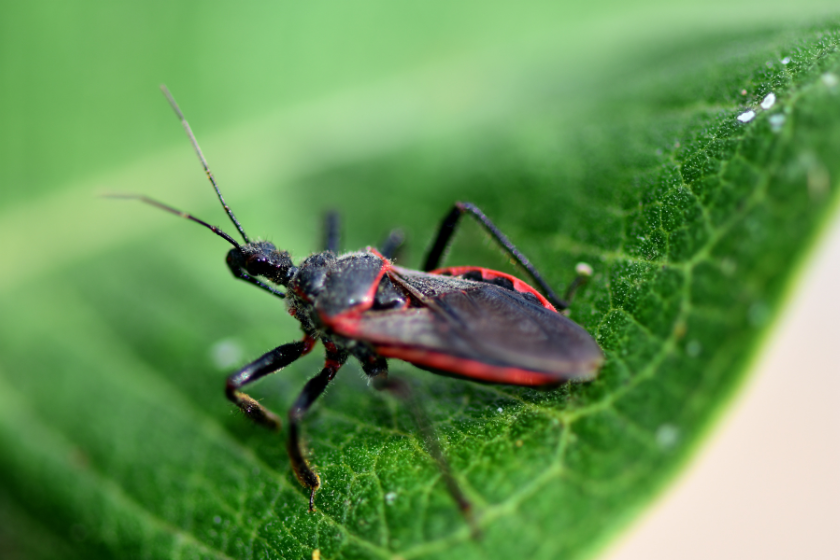
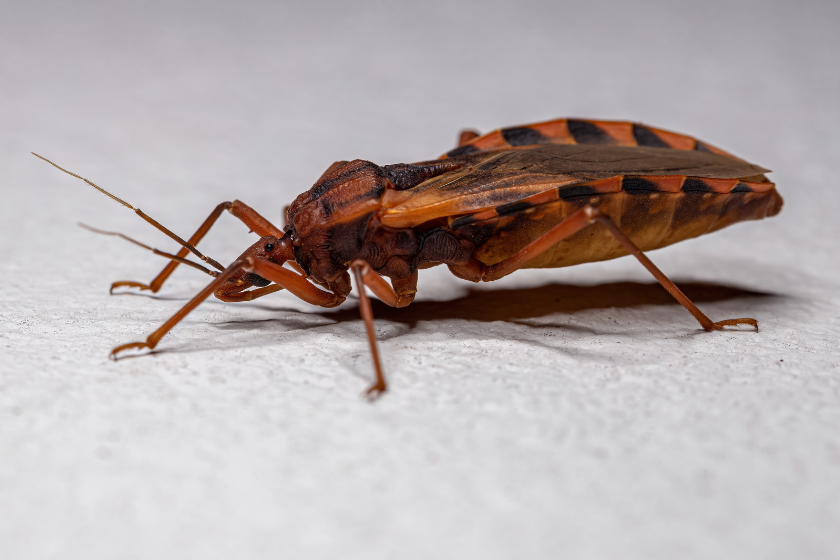
The Risks of Chagas Disease
Two species of kissing bugs carry Chagas disease, which comes from the parasite Trypanosoma cruzi that lives in the insect's digestive tract. The Centers for Disease Control estimates that 40% of all kissing bugs carry the Chagas parasite.
Chagas disease mimics mild flu-like symptoms and may not appear for 30+ years. Acute and chronic phases of Chagas disease can remain undetected for some time, yet once active, the disease has no cure and can cause heart failure and death in the infected person. Chagas disease is also a deadly disease for dogs, and the effects tend to move quickly.
Understanding and Preventing Kissing Bug Infestations in Lubbock, TX
As residents of West Texas, understanding and addressing the unique challenges posed by pests like the Kissing Bug is crucial. At Bug Tech, we are not just pest control specialists; we are your local experts attuned to the specific pests of our region, where Kissing Bugs and the threat of Chagas Disease are increasingly concerning. Don’t wait until it’s too late—protect your home, your family, and your pets today. For expert advice, effective treatment plans, and peace of mind, call Bug Tech at 806-771-5142. Let us help you keep your home safe and pest-free.

